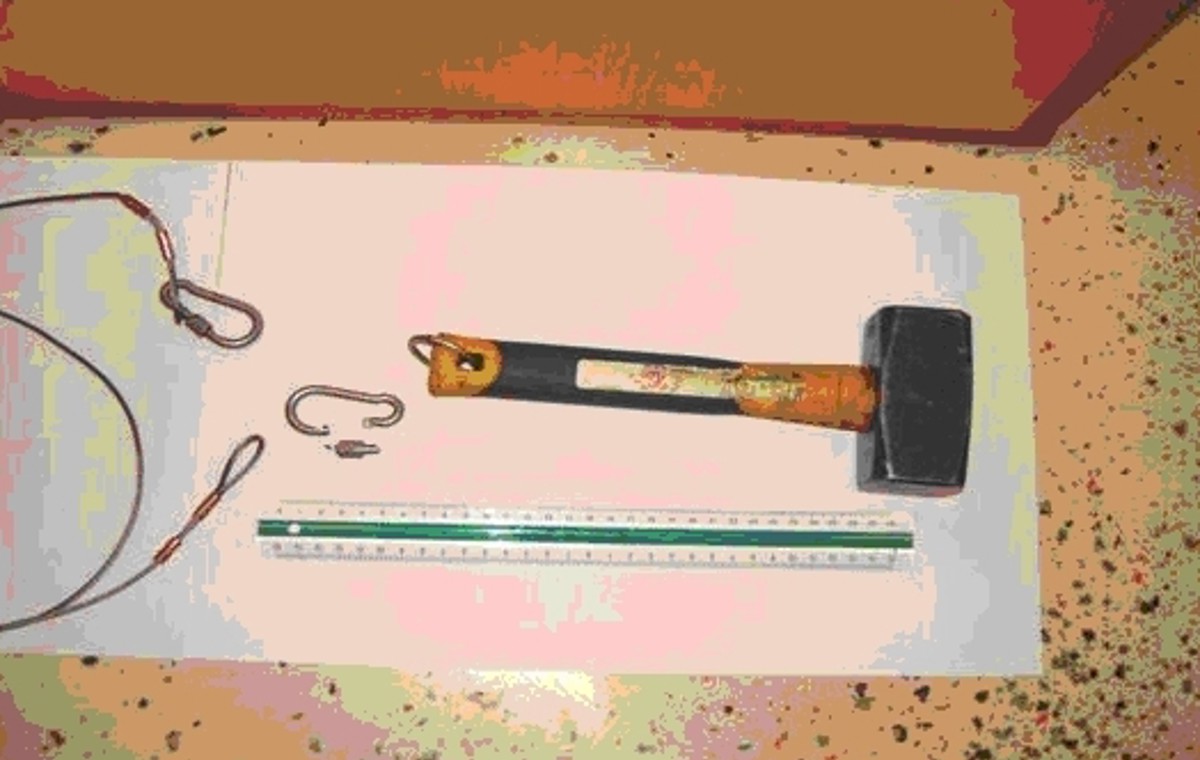Hammer dropped from height
- Safety Flash
- Published on 31 January 2006
- Generated on 9 December 2025
- IMCA SF 01/06
- 2 minute read
Jump to:
IMCA has received details of an accident wherein a tool was lost from work at height and fell 6-7 metres to a walkway. No-one was injured.
What happened?
Work was ongoing to remove an obsolete bracket from a derrick beam. A 1.6 kg hammer in use came loose from its double sealed spring hook and fell 6-7 metres to a walkway below, which at the time of incident was completely sealed off. The hammer, safety wire and two double sealed spring hooks were all tools dedicated and solely used for work in height.

The resulting investigation identified the following direct cause:
- The finger articulation on the carbine hook was riveted to the spring hook body. However. the spring hook was found to be without this rivet. It might have slid out during the work due to incorrect riveting or the rivet might have been broken in two pieces during the work. The spring hook itself was not deformed or damaged in any way.
And the following contributory factors:
- The spring hook (length = 54 mm, bow diameter = 25 mm, t = 5mm) is made of solid stainless steel.
- The spring hook was designed for tension along its longitudinal axis and not for loads directly on its locking mechanism.
The company recommended the following immediate actions:
- All similar spring hooks have been taken out of use
- Spring hooks have been temporarily replaced with shackles with split pins
Plus the following preventive measures:
- The spring hooks are to be replaced with a better quality double seal type
- The vendor has been informed of the incident
- Relevant findings from the investigation are being distributed appropriately.
IMCA Safety Flashes summarise key safety matters and incidents, allowing lessons to be more easily learnt for the benefit of the entire offshore industry.
The effectiveness of the IMCA Safety Flash system depends on the industry sharing information and so avoiding repeat incidents. Incidents are classified according to IOGP's Life Saving Rules.
All information is anonymised or sanitised, as appropriate, and warnings for graphic content included where possible.
IMCA makes every effort to ensure both the accuracy and reliability of the information shared, but is not be liable for any guidance and/or recommendation and/or statement herein contained.
The information contained in this document does not fulfil or replace any individual's or Member's legal, regulatory or other duties or obligations in respect of their operations. Individuals and Members remain solely responsible for the safe, lawful and proper conduct of their operations.
Share your safety incidents with IMCA online. Sign-up to receive Safety Flashes straight to your email.